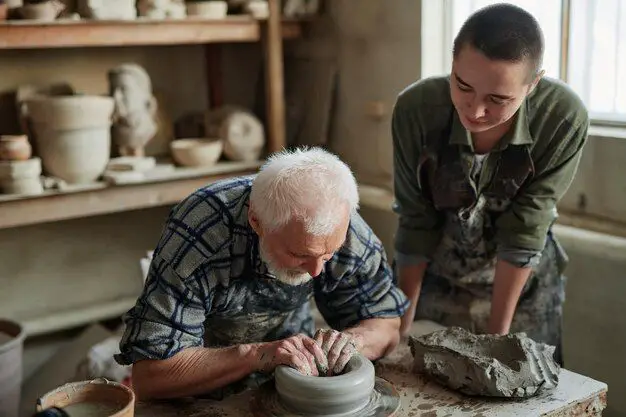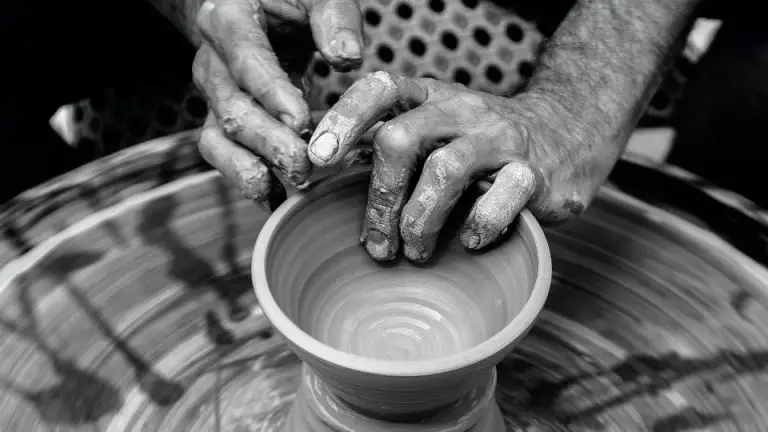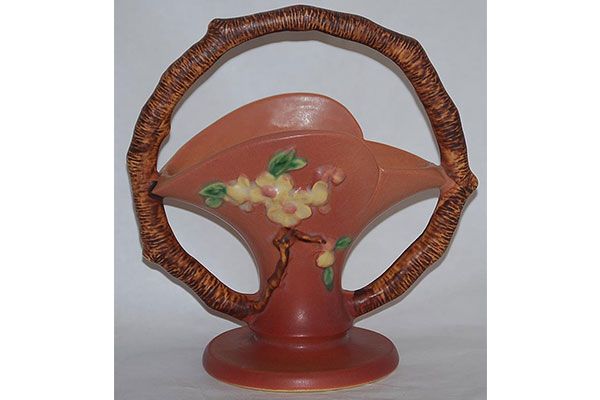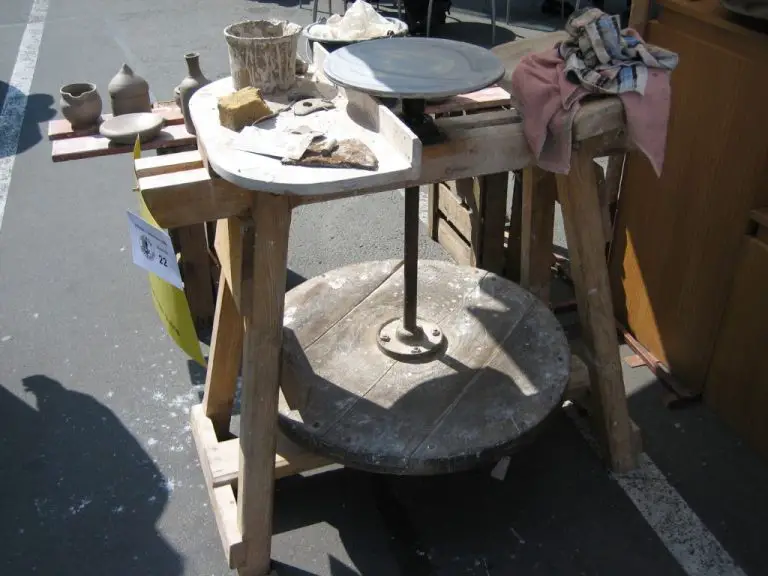Why Is Ceramics Good For You?
Ceramics refer to objects made from clay that are hardened through high temperature firing. Working with clay and creating ceramic art offers numerous benefits beyond producing beautiful and functional items. In this article, we will explore the many positives of engaging in ceramics, including promoting creativity and relaxation, developing motor skills, facilitating self-expression, building confidence, encouraging mindfulness, promoting social connectedness, improving cognitive function, and providing therapeutic benefits.
Promotes Creativity and Relaxation

Working with clay is a sensory and creative experience that can lower stress. The tactile nature of molding and sculpting clay is soothing and satisfying. As you focus on the texture and feel of the clay, it brings your mind into the present moment. This mindful focus provides a respite from stressful thoughts. Creating ceramic art also taps into your imagination and creative side. The endless possibilities of shaping clay into beautiful objects is fulfilling and may spark latent creativity. Being creative and making art, whether a simple pinch pot or elaborate sculpture, can be a relaxing escape from the stresses of everyday life. The entire process of conceptualizing and bringing an artistic vision to life out of a humble lump of clay engages your senses and provides a meditative, calming effect. Ceramics offers a perfect creative outlet to channel emotions, reduce anxiety and tension, and bring more relaxation into your life.
Develops Motor Skills
Working with clay helps develop children’s fine motor skills and hand-eye coordination. As they mold, shape, and sculpt the clay, they engage the small muscles in their hands and fingers. Pinching, rolling, squeezing, and smoothing the clay improves their dexterity and grip strength. According to research from Lakeside Pottery, the resistance from the clay helps strengthen children’s hand muscles over time. The tactile nature of clay also helps kids improve their sensory perception and awareness. As they manipulate the clay, the feedback from their fingertips allows them to adjust their motions and pressure appropriately. Over time, regularly molding clay can significantly improve children’s overall hand-eye coordination and fine motor control.
Facilitates Self-Expression
Working with clay allows people to give physical form to thoughts, feelings, and emotions that may be difficult to express in words. Ceramics provides a tactile medium for self-expression and non-verbal communication. According to an article on the Ceramic Arts Network, “One way to understand what happens in psychotherapy is that it is an attempt to discover and create a coherence between what happens inside someone and what gets expressed outside” (Source). The malleable nature of clay makes it an ideal material for manifesting inner experiences. As hands mold the clay, the mind and body engage in a flowing conversation. Ceramics can reveal truths about ourselves that we may have struggled to unearth through conventional therapy or communication.
Builds Confidence
Completing ceramic projects can provide a tremendous boost to one’s confidence and self-esteem. The process of envisioning a ceramic piece, planning it out, gathering materials, sculpting and decorating it, and seeing it through to completion instills a great sense of achievement and pride.
Research shows that successfully finishing creative projects increases levels of self-efficacy and self-worth. The sense of mastery and competence gained from completing a ceramic art or pottery project can make one feel more confident in their skills and abilities in general.https://www.wattsgallery.org.uk/blog/5-ways-ceramics-can-benefit-your-mental-health
Creating something beautiful or functional using one’s own hands provides a boost to self-confidence that lasts beyond the completion of the project. Displaying finished ceramic pieces serves as a reminder of what one is capable of achieving through dedication and effort.
Encourages Mindfulness
Working with clay is a meditative practice that encourages mindfulness and focus. The tactile nature of molding and shaping clay requires being fully present and in the moment. As your hands manipulate the clay on the wheel or sculpt a form, your mind becomes absorbed in the sensations of the clay. This single-minded focus on the clay helps train concentration and awareness. Focussing on the clay fosters being present and in the moment.
According to this Instagram post, “Working with clay invites mindfulness, flow, patience, non-judgement and self-nurturing.” The process of ceramics facilitates a mindful state where one’s awareness is centered on the here and now.
Promotes Social Connectedness
Group ceramic classes provide an opportunity for people to come together and bond over a shared interest in pottery and ceramics. As noted in the article Social Ceramics, group classes make visible the ways functional objects can facilitate social engagement. The collaborative environment allows relationships and community to develop organically. Friendships form as classmates share tips, admire each other’s work, and spend time in a relaxing, creative space.
Attending group classes reduces isolation and loneliness. Being part of a ceramic studio builds human connection, according to the article 5 Ways Ceramics Can Benefit Your Mental Health. The shared experience brings people together and forges bonds. Classmates support and encourage one another’s artistic development in a positive setting.
Improves Cognitive Function
Ceramics and pottery making engage multiple regions of the brain and can enhance cognition and mental faculties. The multisensory experience stimulates the senses of touch, sight, and sound. Fine motor skills are honed through kneading, rolling, and smoothing the clay. Spatial reasoning skills are engaged to conceptualize and create three-dimensional forms. Ceramics requires focused concentration and attention to detail, which strengthens mindfulness. Working with clay is considered an “open-ended” creativity activity that promotes cognitive flexibility, problem-solving, and divergent thinking. According to psychologists, pottery making activates areas of the brain associated with reasoning, language, and memory. The therapeutic benefits for conditions like anxiety, depression, and dementia have been noted. Overall, ceramics provides mental exercise and cognitive stimulation that is lacking from many modern activities and digital media.
Therapeutic Benefits
Working with clay has proven therapeutic benefits for a variety of mental health conditions and disabilities. Pottery therapy can aid in trauma recovery, improve mood disorders, and develop skills for those with disabilities (Pottery Therapy in Mental Health Treatment). The physical nature of working with clay is calming and therapeutic. Molding and manipulating the clay can help relieve stress and anxiety. The sensory aspects, including the texture and malleability of the clay, provide soothing tactile stimulation. For those recovering from trauma, the creative process facilitates non-verbal expression and empowerment. Clay work also improves focus and concentration, which helps manage symptoms of conditions like depression, PTSD, and ADHD.
In clinical settings, occupational therapists and art therapists incorporate pottery into treatment plans to build critical life skills for those with disabilities. Tasks like rolling snakes, making pinch pots, and handbuilding boost fine motor control, coordination, and dexterity. Following step-by-step instructions to complete a project also develops cognitive abilities. In addition, designing and decorating clay works boosts self-esteem and a sense of accomplishment. The social nature of creating in a supportive group environment provides connections vital to mental health.
Conclusion
In conclusion, working with ceramics offers a wide range of benefits for both mental and physical health. Some of the key benefits include promoting creativity and relaxation, developing motor skills, facilitating self-expression, building confidence, encouraging mindfulness, promoting social connectedness, improving cognitive function, and providing therapeutic benefits. Ceramics is a versatile art form that engages the mind, body, and spirit in a creative process that can lower stress, boost mood, enhance dexterity, and foster a sense of accomplishment and community.
Through the manipulation of clay, glazes, and firing techniques, people of all ages can discover the joy and fulfillment of bringing an artistic vision to life. The tactile, hands-on nature of ceramics provides a meditative escape from digital devices while building essential skills. As a hobby, ceramics can be picked up at any age and offers lifelong learning opportunities. The therapeutic qualities also make it beneficial for those recovering from illness or going through life transitions.
With its long history and global reach, ceramics continues to inspire human creativity across cultures. Its versatility and sensory nature will ensure ceramics remains a popular medium of expression for generations to come. Whether handbuilding or throwing on the wheel, working with clay has proven physical and emotional benefits that make it a rewarding activity for self-care, creative growth, and community connection.





